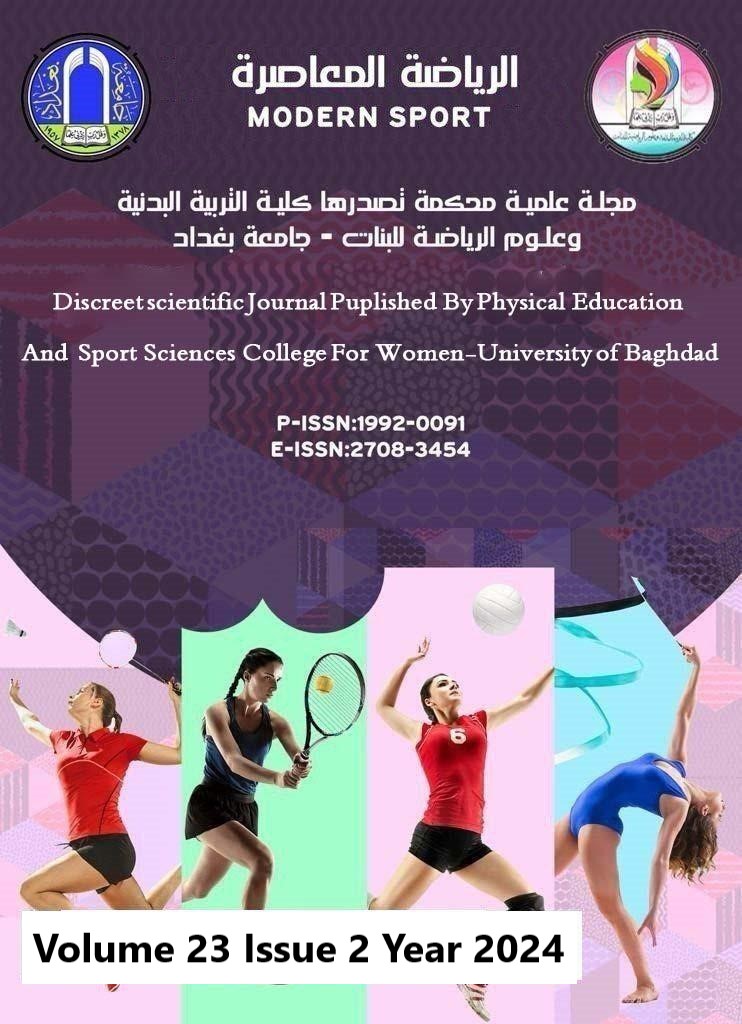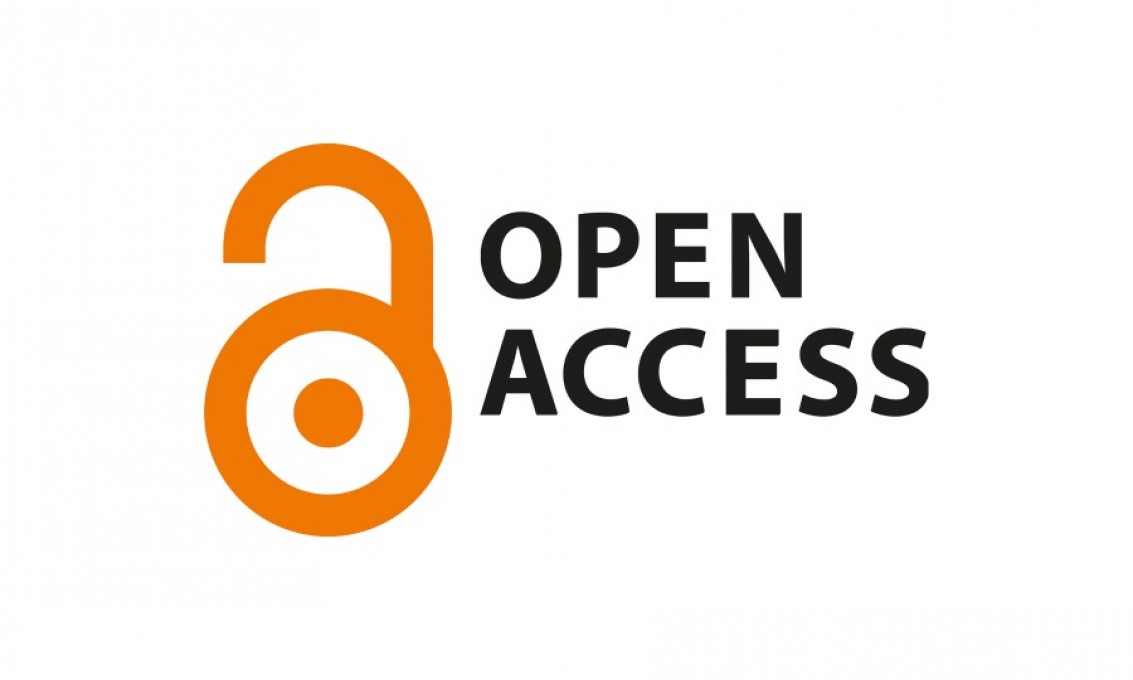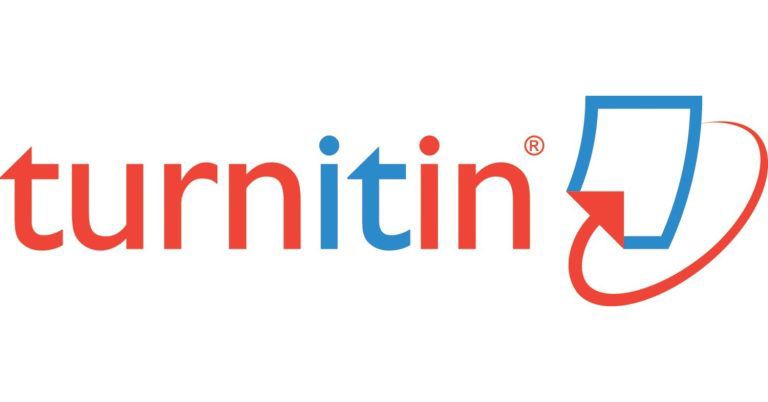استجابة هرمونات التستوستيرون والكورتيزول وبعض المتغيرات الوظيفية للتمرينات البدنية الهوائية المكثفة مع اختلاف التوقيت البيولوجي
DOI:
https://doi.org/10.54702/xmkq1h72الكلمات المفتاحية:
هرمون التستوستيرون، الكورتيزول، الهرمونات، التوقيت البيولوجي، الهوائية البدنيةالملخص
هدفت الدراسة الحالية إلى: الكشف عن تأثير الجهد البدني ذي الشدة المتزايدة على عدد من المتغيرات الوظيفية: التستوستيرون، الكورتيزول، معدل ضربات القلب، وضغط الدم الانقباضي في أوقات الصباح والمساء. وكذلك الكشف عن تأثير اختلاف التوقيت البيولوجي في فترتي الراحة والجهد على عدد من المتغيرات الوظيفية: التستوستيرون، الكورتيزول، معدل ضربات القلب، وضغط الدم الانقباضي. استخدم المنهج الوصفي لملاءمته لطبيعة الدراسة. تكونت العينة من (8) أفراد تم اختيارهم عشوائياً، تتراوح أعمارهم بين (21-23 سنة) ويمارسون النشاط الرياضي. أجريت التجربة النهائية في الفترة من 14/1/2024 إلى 18/1/2024 وشملت إجراء اختبارين على جهاز الجري المتحرك. أخذ الباحث بعين الاعتبار التسلسل الذي أجريت فيه الاختبارات في كل من فترتي الصباح والمساء. لمعالجة البيانات، استخدم الباحث اختبار T لتحديد الفروقات. توصل الباحث إلى: أن الجهد البدني ذو الشدة المتدرجة في ظروف فترتي الصباح والمساء أدى إلى زيادة واضحة من خلال ملاحظة قيمة المتوسط الحسابي والانحراف المعياري للفترتين، في مراحل الراحة ونهاية الجهد البدني، على التوالي، في هرمون التستوستيرون 7.09 (±1.17) -- 8.97 (±1.80) في الصباح، و 5.21 (±1.14) -- 6.16 (±1.86) في المساء، ومعدل ضربات القلب 70.25 (±6.51) -- 187.25 (±4.02) في الصباح، و 69.12 (±4.99) -- 183.00 (±3.11) في المساء، وضغط الدم الانقباضي 10.93 (±0.86) -- 14.31 (±2.06) في الصباح، و 11.06 (±0.86) -- 14.56 (±1.14) في المساء. كما أن الجهد البدني ذو الشدة المتدرجة تحت ظروف فترتي الصباح والمساء تسبب في انخفاض ملحوظ في هرمون الكورتيزول عند الانتقال من مرحلة الراحة حتى نهاية الجهد البدني. بلغ على التوالي 18.01(±1.38) -- 14.09(±3.87) في الصباح، و 5.17(±1.17) -- 3.94(±1.02) في المساء. يؤدي النمط البيولوجي إلى زيادة ملحوظة في تركيز هرموني التستوستيرون والكورتيزول في الدم في الصباح مقارنة بالمساء، من خلال ملاحظة قيمة المتوسطات الحسابية، التي بلغت (الصباح، المساء) (7.09، 5.21) في الراحة، على التوالي، وبعد إتمام الجهد البدني بلغت على التوالي (8.97، 6.16) لهرمون التستوستيرون. أما بالنسبة لهرمون الكورتيزول، فقد بلغ في الراحة على التوالي (18.01، 5.17)، بينما بعد إتمام الجهد البدني بلغ على التوالي (14.09)، 3.94. وهذا ما يحقق احد اهداف التنمية المستدامة للامم المتحدة في العراق (الصحة الجيدة).
المراجع
Aldabagh, A., & Jasem Alhyali, A. (2019). Responses of the Respiratory Ventilation and Certain ECG to the VO2 Percentage in two Aerobic Stresses depending upon Resistance and Speed. Al-Rafidain Journal for Sport Sciences, 22(69), 1-46. doi: 10.33899/rajsport.2019.163015
Al-Hazzaa, Hazza bin Muhammad (2009): Physiology of Physical Effort, Theoretical Foundations and Laboratory Procedures for Physiological Measurements, Part 2, King Saud University, Riyadh, p484.
Caplin, A., Chen, F.S., Beauchamp, M.R., Puterman, E. (2021). The effects of exercise intensity on the cortisol response to a subsequent acute psychosocial stressor, Psychoneuroendocrinology, Volume 131, ISSN 0306-4530, p.(6) p.p 2-10. https://doi.org/10.1016/j.psyneuen.2021.105336
Hayes, L. D., Bickerstaff, G. F., & Baker, J. S. (2010). INTERACTIONS OF CORTISOL, TESTOSTERONE, AND RESISTANCE TRAINING: INFLUENCE OF CIRCADIAN RHYTHMS. Chronobiology International, 27(4), 675–705. https://doi.org/10.3109/07420521003778773
Hill, E. E., Zack, E., Battaglini, C., Viru, M., Viru, A., & Hackney, A. C. (2008). Exercise and circulating cortisol levels: the intensity threshold effect. Journal of endocrinological investigation,31(7),587–591. https://doi.org/10.1007/BF03345606.
Kraemer, W. J., & Ratamess, N. A. (2005). Hormonal Responses and Adaptations to Resistance Exercise and Training. Sports Medicine, 35(4), 339–361. https://doi.org/10.2165/00007256-200535040-00004
Mastorakos, G., & Pavlatou, M. (2005). Exercise as a stress model and the interplay between the hypothalamus-pituitary-adrenal and the hypothalamus-pituitary-thyroid axes. Hormone and metabolic research = Hormon- und Stoffwechselforschung = Hormones et metabolisme, 37(9), p.577, 577–584. https://doi.org/10.1055/s-2005-870426.
McArdle, W. D., Katch, F. I., & Katch, V. L. (2010). Exercise physiology: Nutrition, energy, and human performance. Lippincott Williams & Wilkins , p. 412.
Mirizio, G. G., Nunes, R. S. M., Vargas, D. A., Foster, C., & Vieira, E. (2020). Time-of-Day Effects on Short-Duration Maximal Exercise Performance. Scientific Reports, 10(1). https://doi.org/10.1038/s41598-020-66342-w
Teo, W., Newton, M. J., & McGuigan, M. R. (2011). Circadian rhythms in exercise performance: implications for hormonal and muscular adaptation. Journal of sports science & medicine, 10(4),p.p 601–603. https://www.jssm.org/jssm-10-600.xml%3EFulltext
Thau, L., Gandhi, G, Sharma, S.(29-8-2022). Physiology, Cortisol, This article is taken from Physiology, Cortisol - StatPearls - NCBI Bookshelf (nih.gov) .
Urbanski H. F. (2011). Role of circadian neuroendocrine rhythms in the control of behavior and physiology. Neuroendocrinology, 93(4), p.218. 211–222. https://doi.org/10.1159/000327399.
Vandergriendt, Carly (10/2/2023). How Does Exercise Affect Blood Pressure, Retrieved from:https://www.healthline.com/health/blood-pressure-after-exercise .
Vingren, J. L., Kraemer, W. J., Ratamess, N. A., Anderson, J. M., Volek, J. S., & Maresh, C. M. (2010). Testosterone physiology in resistance exercise and training: the up-stream regulatory elements. Sports medicine (Auckland, N.Z.), 40(12), 1037–1053. https://doi.org/10.2165/11536910-000000000-00000
Viru, A., Karelson, K., & Smirnova, T. (1992). Stability and variability in hormonal responses to prolonged exercise. International journal of sports medicine, 13(3), 230–235. https://doi.org/10.1055/s-2007-1021259
التنزيلات
منشور
إصدار
القسم
الرخصة
الحقوق الفكرية (c) 2024 الرياضة المعاصرة

هذا العمل مرخص بموجب Creative Commons Attribution 4.0 International License.















